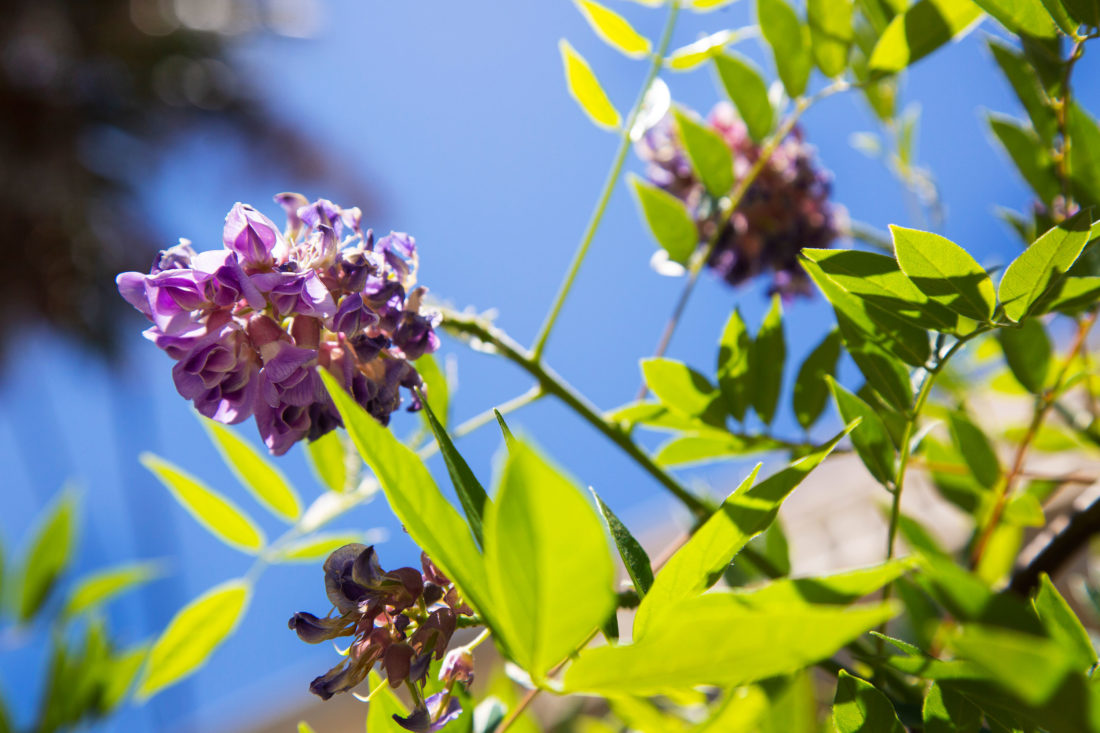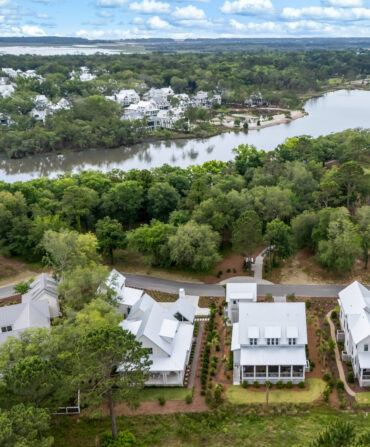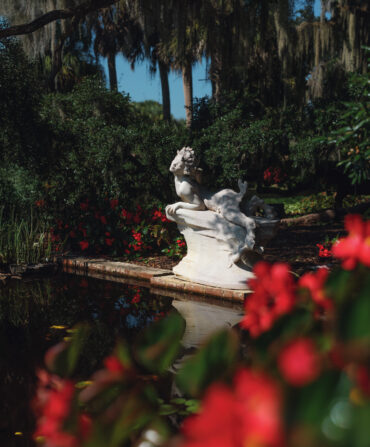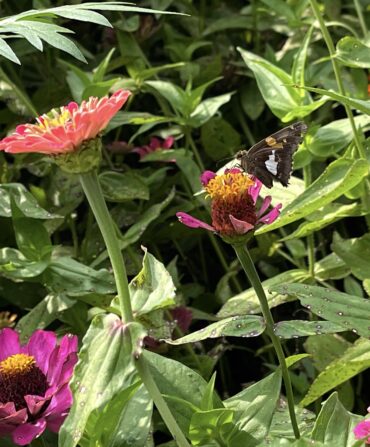Have you spent half your life battling invasive wisteria? Don’t be discouraged—it has a 200-year head start. Wisteria sinensis arrived in America in 1816, while Wisteria floribunda was introduced to America in the 1830s. They were both brought here by well-meaning plant explorers from China and Japan, respectively. “Floribunda” is an apt descriptor for this invasive species as it is both floral and monstrously abundant. Hear a tap tap tap on your door? Surprise! It’s a wisteria runner ready to gobble up your banister. Did your fridge just open? Oh, it’s just a wisteria sucker in need of a snack. That wrought iron garden gate? Snapped like a chicken bone by our friend floribunda.
In this age of instant gratification, invasive wisteria is ideal. It just grows and grows and grows. The scent is intoxicating and the masses of purple blooms are a marvelous harbinger of spring after a bitter winter. So, as long as you have 24-hour gardening surveillance armed with machetes and/or don’t require sleep at night, go ahead and plant some. For those of us who cannot afford a horticultural army, there is a happy alternative.

Photo: Jacqueline Stofsick
Non-invasive wisteria.
Meet Wisteria frutescens, a sedate alternative to Asian wisteria that is native to the southeastern United States. We asked Peggy Cornett, Curator of Plants at Thomas Jefferson’s Monticello, for more information on this underutilized native treasure. “This hardy vine was cultivated in America by 1780,” she says. “Lady Jean Skipwith, a gardener and avid plantswoman of the late eighteenth century, called it the ‘Carolina Kidney Bean Tree,’ and she cultivated it in her garden at Prestwould in rural south-central Virginia.” Botanist Thomas Nuttall named the genus ‘wisteria’ in honor of his friend and mentor Caspar Wistar (1761-1818), a Philadelphia physician and paleontologist. But enthusiasm for native wisteria was overshadowed by the introduction of the bloom-heavy Chinese and Japanese varieties in the early nineteenth century.
In G&G’s Charleston, South Carolina, home base, it’s easy to spot those enlightened souls who have embraced native wisteria. The blooms of Wisteria frutescens peak in late spring and early summer, often after the Asian variety fades, with shorter, more compact clusters of dark purple blossoms. The house on Tradd Street where this frutescens above was photographed is one such example, with a relatively young vine climbing the iron gate. Native wisteria grows vigorously, and usually blooms after the first year, unlike the invasive variety which can sometimes take upwards of ten years to blossom. If you are inspired to have wisteria in your shrubbery but would also like to keep your house from being lifted from its foundation, Wisteria frutescens is the creeper for you.
Lauren Northup is Director of Museums at Historic Charleston Foundation








